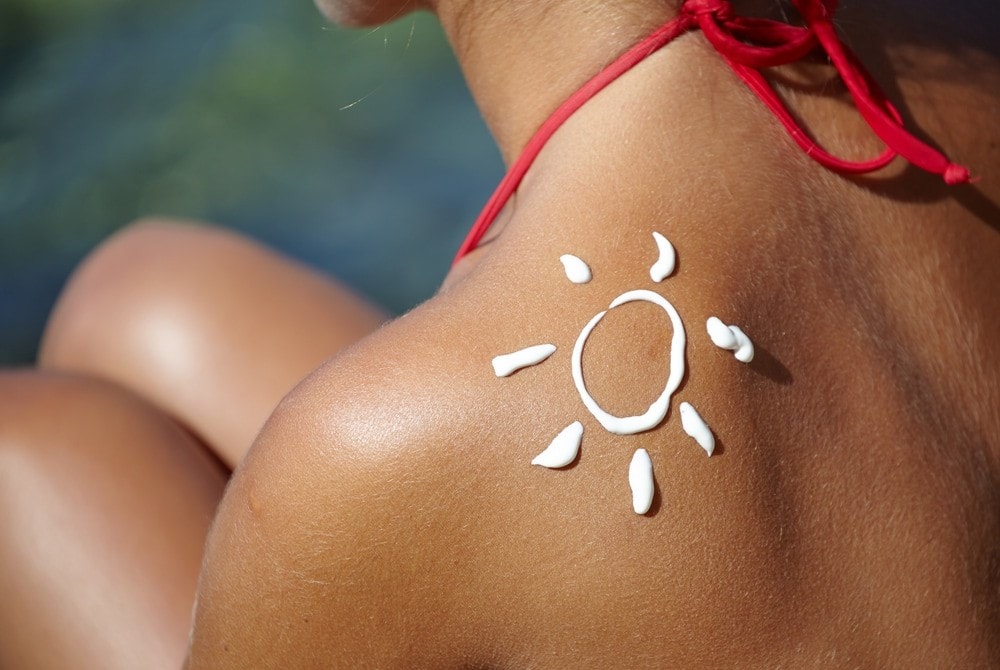Pregnancy and tanning questions are sure to follow as the weather warms. As soon as summer is here, shorts, sundresses, and sleeveless tops make their grand entrance into the wardrobe, but who likes to wear them without a little sun-kissed glow! So how can you bronze your skin during pregnancy?
The Safety of Tanning While Pregnant
Regardless of whether you are pregnant or not, exposure to the sun puts you at risk for premature aging and malignant melanoma (skin cancer). The following information will help you think through tanning in a bed, on the beach, or with help from a bottle.
Some studies also link UV rays and folic acid deficiency. Folic acid prevents neural tube defects, such as spina bifida, and is especially important in the first trimester. During pregnancy, your skin is more susceptible to burning and chloasma, the dark splotches that appear on the face during pregnancy. Speak to your health care provider about the safety of tanning beds during pregnancy.
In a Bed
There are no studies that provide conclusive evidence that tanning beds directly harm your baby. However, the following are some ways that tanning beds can be harmful to you. Most health care providers advise against any activity that might raise your body temperature, such as saunas or tanning beds. Overheating is associated with spinal malformations in the baby.
On the Beach
Many of the concerns about beach sun are the same as tanning beds. Pregnancy makes your skin more sensitive so the sun may cause hives, heat rash or worsened chloasma. Staying in the shade should prevent hives or heat rash. The same safety measures should be taken in the sun whether you are pregnant or not: drink plenty of water, use a sunscreen with SPF 30 or more, and wear a hat.
If you feel dizzy, nauseated or tired go to an air-conditioned area. Long hours in the sun that result in burning should be avoided.
From a Bottle
This may be the best option if you are pregnant. Avoiding UV rays will ensure healthier skin and less chance of skin cancer, hives or worsened chloasma. There are so many different kinds of sunless tanning lotions, creams, and foams that have very good results. Many of the new varieties have minimal odor and provide immediate color.
The only concern is whether the active ingredient, dihydroxyacetone (DHA), is able to penetrate the skin. Studies do not confirm that it can, but some health care providers encourage women to wait until after the first trimester, just to play it safe. DHA has been used in cosmetics since 1960 and no problems have been reported.
Even if you have used sunless tanners before, try a patch of skin first. Your skin may be more sensitive and irritable during pregnancy. Learn more about your skin changes during pregnancy.
Want to Know More?
- Pregnancy Exercise Guidelines
- Wine During Pregnancy
- Pregnancy and Ice Cream – Nighttime: the pregnancy friendly ice cream
Compiled using information from the following sources:
Mayo Clinic Guide To A Healthy Pregnancy Harms, Roger W., M.D., et al, Introduction.
American Cancer Society, https://www.cancer.org/






